4 Sources Of Open-Source Textbooks
Visualize this: A calculus teacher downloads an open-source digital calculus textbook. She deletes a chapter that isn’t relevant to her class and replaces it with one from another open digital textbook that she’s used in the past. She reads through the book, embeds several YouTube videos where relevant and an occasional humorous photo to keep students’ interest, adds links to related websites and study aides, and uses a special app to create quizzes within the text that test the students’ knowledge of the course material.
Once it’s complete, she makes it available to her students, who download it at no cost.
The Promise Of Open-Source Textbooks
For ed-tech neophytes, this may sound like a Utopian dream, conceived by a former student whose hefty backpack caused years of exorbitant chiropractor bills and whose interest in math was killed by his stultifying calculus textbook. But for tech-savvy teachers and students, this is the new face of education.
Jumping On The Digital Bandwagon
For several years, ed-tech advocates in traditional and online schools have heralded digital textbooks as the wave of the future — and many schools, both k-12 and post-secondary, have their surfboards ready to ride that wave. In Huntsville, Alabama, schools are taking steps to become the first in the nation to use only digital textbooks. In Florida, recent legislation requires that in 2015, all K-12 instructional materials must be provided in a digital format. In fact, in February 2012, the Obama administration called for all students to use digital textbooks by 2017, in conjunction with the release of its Digital Learning Playbook.
But as schools pledge to embrace electronic textbooks to save money and enhance learning, and proponents genuflect to South Korea as the leader in both educational technology and outcomes (textbooks in South Korea will be nearly entirely digital by 2015), skeptics contend that digital textbooks aren’t living up to their promise. They point to recent studies, such as one by Daytona State College, that found cost savings of only one dollar for students who used electronic textbooks instead of printed material.
The Devil Is In The Copyright
Amidst the clatter of the debate, one group of advocates is making an important distinction: Not all digital textbooks are created equally. These are supporters of the open source movement. Open-source educational resources — usually abbreviated as OER — are distinct from other digital media in their licensing agreements. These books have an open copyright license that enables anyone to access the publication, and to alter and distribute it without infringing on any copyright agreement, such as the calculus teacher mentioned above.
California Leads The Charge
Open-source textbooks sound like a great idea, right? California thinks so. The promise of open-source textbooks led California governor Jerry Brown to approve two pieces of legislation in September 2012: The first provides state funding for 50 open-source digital textbooks that will be developed by the state’s universities. The second establishes an online library to host the books.
The legislation is particularly noteworthy because it addresses some of the challenges that have stalled the widespread adoption of open textbooks, namely, quality control and cost. At present, open textbooks are developed by an eclectic mix of non-profit organizations, scholars and a few companies. The quality is often inconsistent, and some teachers complain of having to look hard for a good book.
Furthermore, because publishers don’t generate the revenues they get from copyrighted digital books, it’s not lucrative enough to be enticing to publishers, and the books are costly to publish. To date, funding has come largely through philanthropy.
In California, the California Open Education Resources Council will be charged with creating and overseeing a book approval process. This will include identifying targeted courses for which the textbooks will be produced. The council will seek bids for producing the textbooks, which will be peer reviewed.
Momentum Behind The Movement
While California’s initiative is the most comprehensive to date, other states see the potential. In January 2012, Utah’s State Office of Education announced it would develop a program to make open source textbooks available to k-12 students. Washington is considering a similar program, and Florida’s k-12 resources will be produced under an open copyright license.
Furthermore, many colleges and universities have taken matters into their own hands, such as Washington’s community and technical colleges. They have already created an online library housing open digital textbooks and supplemental materials, such as syllabi and activities. These materials can be used either in online schooling or in traditional classrooms.
That’s Money Back In The Bank
According to recent figures from The College Board, the average college student spends $1,168 on textbooks each year. A 2010 report from Student Public Interest Research Groups (PIRGs) shows that open textbooks could reduce the average cost by 80 percent. The Utah Open Textbooks Project estimates that at a k-12 level, schools could save over 50 percent off the cost of buying traditional textbooks, despite the cost of hardware and Internet connectivity.
4 Resources For Open-Source Textbooks
There are numerous online sites that host open textbooks. Here are just a few places to start, whether you’re enrolled in college online or you’re an educator looking for books to use in your class:
- Community College Consortium for Open Educational Resources
- MERLOT:
- Flat World Knowledge
- Openstax College
Open textbooks are a win-win for both teachers and students. Teachers can get the flexibility they need to ensure that their course materials yield the best educational outcomes, and can students save money — and possibly even their backs, to boot.
This is a cross-post from onlineschools.com; image attribution flickr user usnavalwarcollege
